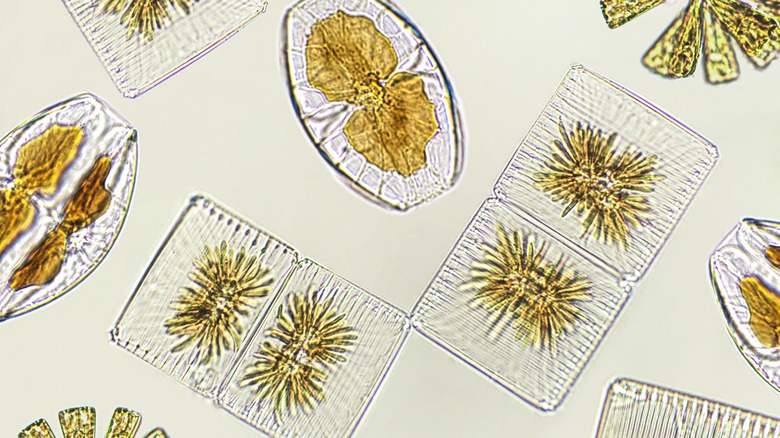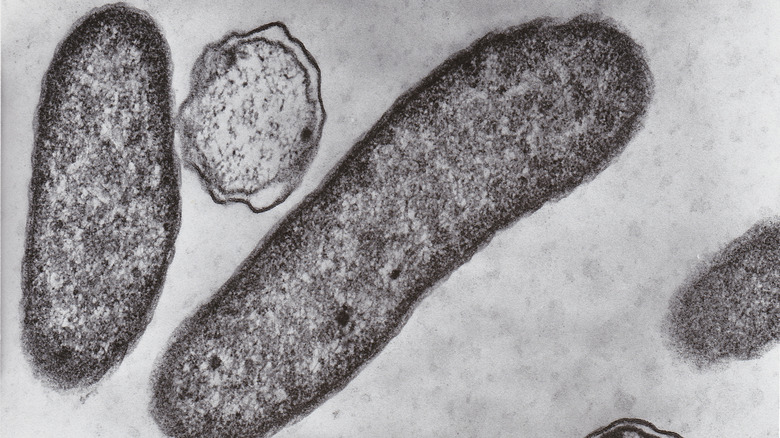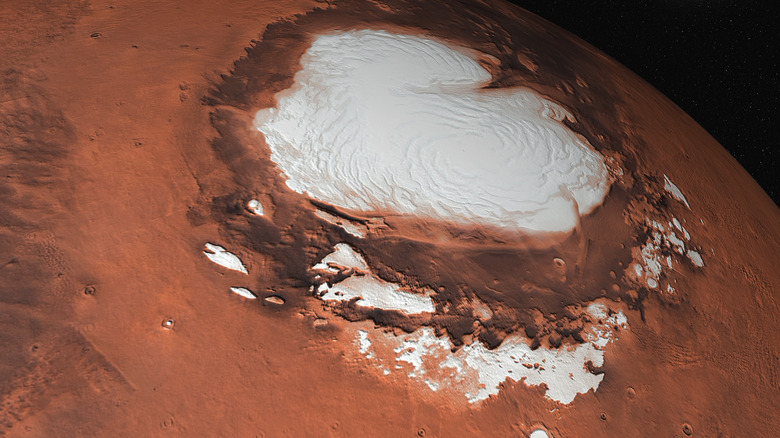Scientists Claim Studying Evolution Of Ancient Microbes Could Help Search For Alien Life
The search for alien life may get easier thanks to something that has been right here on Earth for a long time. Some scientists believe studying ancient bacteria may provide clues on how to find life elsewhere in the universe. UC Riverside astrobiologist Edward Schwieterman, who co-authored the study, believes the differences between our planet billions of years ago and now could be similar to the differences between our world and others. Schwieterman says: "Early Earth is an alien environment compared to our world today. Understanding how organisms here have changed with time and in different environments is going to teach us crucial things about how to search for and recognize life elsewhere."
The study itself involves using machine learning to put together a so-called family tree for a variety of microorganisms. It traces them back over billions of years and looks at how they adapted to the ever-changing conditions. This is achieved by tracing traits like the development of rhodopsins (proteins that act like the rod cells in your eye that allow you to see colors, and similar cells in other organisms) back through the millennia.
Using this method, researchers managed to deduce that rhodopsins first occurred in one of Earth's earliest life forms. The planet was mostly ocean at that time, and the microorganisms used the rhodopsins to harvest energy from the sun. Color factors into the matter because Earth lacked an ozone layer at the time. Without ozone to shield them from the sun's more harmful rays, the microorganisms had to exist deeper in the water where nourishing light could get through but harmful rays would be blocked. The particular rhodopsins the microorganisms in the study developed would also be tuned to absorb the types of light capable of penetrating deep water.
How the study could lead to first contact
When you picture life on other planets, you may picture advanced interstellar civilizations populated by hyper-intelligent beings. Those beings could exist, but scientists have a very broad definition of life and the first alien species we encounter may be a bit less impressive. If you haven't noticed, single-celled microorganisms like bacteria are absolutely everywhere on Earth — they're present on every surface of your home that hasn't been recently sanitized, they're all over your skin, and they're everywhere in the natural world, too. Some species of bacteria are incredibly hardy, they've been found living near scorching hot volcanic vents on the ocean floor (via the New York Times), and they happily eat highly radioactive material like uranium (via MSU).
So if anything can find a way to thrive in the harsh conditions beyond our atmosphere, it's probably some kind of microbe. This leads to a problem. Microbes are very, very small and the universe is very, very big. Given our limited resources, humanity has a better chance of finding extraterrestrial life if it is looking in the correct places. Identifying those places is how studies like the one Edward Schwieterman has co-authored come in.
The work of Schwieterman et al. gives scientists who are looking for life a good idea of what conditions it can exist under, and how it can adapt to meet demands. At the moment, this is mainly used to make predictions, but one day studies like this could be the deciding factor when sending a probe or even a manned mission to another planet in search of other life forms.
Other studies might help us find what's out there
If you want to be cynical, you could say somehow attaching the possibility of finding aliens to an otherwise unrelated study is a great way to get your work noticed. However, in this case, there is a pretty solid precedent for using what we know about conditions on Earth to help our search for life on other planets. A great example of this is the discovery of water on Mars and why that was a major scientific milestone.
Scientists got excited about the discovery of water on Mars for a number of reasons. Water or ice will tell scientists a lot about a planet's historical conditions and composition. It can give astronauts who make it to that planet something to drink and grow crops with — water is heavy, weight is an important consideration on space missions, and if a scarce but vital resource is already at your destination, things get far easier. And, perhaps most significantly, water indicates life may be present or was present at one point.
At the time of writing, there is no solid evidence of life on Mars or any other planet aside from our own. But scientists can say with confidence that there probably was life on the red planet at one point because of the presence of liquid water. The reason for this is because, in every natural location on Earth where scientists have found liquid water, they've found some kind of life present, too. If there's water on Mars, and archaea-like organisms can find a way to sap energy from the sun while avoiding its most harmful rays, then all the ingredients for life are there.


